| Logo | Charity basics | Key numbers | What marginal funding buys |

| Donate | - $185K funding gap for 2026; Animal Ask’s annual budget is $240K, with a $45K runway at year start.
- 57 major research projects completed since 2020 across insects, shrimp, fish, chickens, pigs, and ruminants.
- Average project cost: $13K; total expenditure to date: $820K.
| - Funds ~14 new research projects in 2026 advising animal advocacy campaigns and preventing suboptimal ones.
- Supports priority research in India, Indonesia, and other Asian countries on corporate fish welfare, broiler welfare, and EU policy asks.
- Expands Animal Ask’s capacity to provide evidence-based consultation and foundational research that shapes advocacy strategy.
|

| Donate | - ACE seeks $535.7K by Mar 2026 to cover its $1.9M operating budget and expand meta-fundraising capacity.
- Since 2019, ACE influenced at least $59M in donations to recommended charities, with $28M estimated as counterfactual.
- In FY2024–25, $12.3M was influenced, of which $6.4M was counterfactual—$6.05 in new giving for every $1 spent on evaluations.
| - Expands outreach and marketing to attract new donors to effective animal advocacy, potentially shifting conventional donors toward higher-impact giving.
- Strengthens evaluation quality via a feasibility study and improved methods for cost-effectiveness and charity participation.
- Funds Movement Grants and ecosystem-building work, such as hosting EAA events and developing an animal advocacy map to identify high-leverage interventions.
|
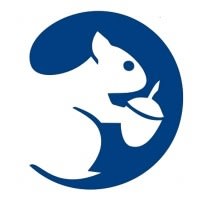
| Donate | - Seeking $105K–$180K for 2026 outreach on neglected animal advocacy topics.
- Funding mix: 66–90% program delivery, 0–17% fundraising, 10–17% operations.
- Focus areas: AI & Animals, Wild Animal Suffering, and Aquatic Animal Sentience.
| - Multilingual documentaries and education campaigns in Chinese, Spanish, and Portuguese.
- Asia-based outreach and partnerships for aquatic and wild animal welfare.
- Stable funding base for long-term research, media, and advocacy work.
|

| Donate | - $291K remaining gap for ALI’s $1.25M 2025 budget; $954K already secured
- Goal: $100K from individual donors this Giving Season
- Eyestalk ablation ban in BAP-certified hatcheries will improve welfare for ~44B shrimp annually when implemented
| - $150K builds a 2–3-month reserve fund, protecting $4 in program value per $1 reserved and ensuring continuity during EU and UN policy windows
- $141K strengthens AI-ready infrastructure to boost efficiency 40–60%, enabling faster welfare tracking and policy responses
- Full $291K builds a resilient, data-driven system that scales aquatic welfare reform across certification, policy, and corporate domains
|

| Donate | - $160K in grants funded seven studies in 2025, covering welfare research for at least one trillion farmed arthropods.
- Annual budget: $175K (80% for grants). Current 2026 funding gap: $55K.
- Adding a part-time staff member (~$45K) would enable more proactive grantmaking.
| - Filling the $55K gap maintains core operations and ongoing arthropod welfare research grants.
- Each additional ~$20–40K could fund multiple new studies on insect and crustacean sentience and welfare.
- Hiring a part-time staffer expands capacity for field-building and developing new research projects.
|

| Center for Wild Animal Welfare (CWAW) Donate | - $60K in donations will be matched 1:1, doubling early contributions toward CWAW’s first-year operations.
| - Expands staff time, outreach, and participation in policy forums, enabling CWAW to influence live UK legislative windows and launch the first “State of Wild Animal Welfare Policy” report.
- Supports new policy development on humane fertility control and pesticide standards—concrete, near-term interventions reducing painful population control methods.
- Builds core infrastructure (website, operations, contingency fund) to establish CWAW as the first dedicated wild animal welfare policy advocate, converting science into tractable government action.
|
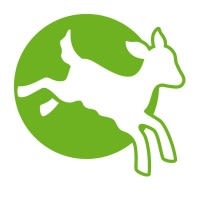
| Donate | - $100K goal by Dec 2025 to sustain CIWF U.S. campaigns.
- $400K total funding gap to cover programs through Mar 2026.
- $25K Giving Tuesday goal (with $10K match) and $50K year-end match sought.
| - $10K builds grassroots volunteer and leadership programs.
- $15K supports federal advocacy, including the 200-farmer fly-in opposing the EATS/Save Our Bacon Act.
- $20K funds organizing costs for cage-free retailer campaigns.
|

| Donate | - $4.2M in grants deployed across 45 projects in 2025, with $2M more planned for Q4; AWF aims to scale to $20M annually.
- $11.6M funding gap for 2026; every $20K–$300K donation tier translates into concrete campaigns, research, or new organizations.
- Example grants: $28.5K ended cages for 270K hens in Slovenia; $290K secured shrimp welfare commitments affecting billions of animals.
| - Expands early-stage and scale-up grants targeting the most numerous farmed animals—hens, fish, shrimp, insects—especially in the Global South.
- Funds pilot programs, corporate accountability, and policy advocacy to establish welfare standards before intensive farming systems entrench.
- Supports research and movement-building for neglected species and regions, ensuring proven interventions reach billions of animals at scale.
|

| Donate | - $370K gap remains to close Faunalytics’ 2025 budget.
- ~$60K of that funds two final 2025 research projects: Public Perceptions of Standard U.S. Farming Practices and Contextual Advocacy for Food Systems in the Global South.
- Faunalytics’ 12-person team runs 10–12 studies per year, maintaining the world’s largest open-access animal advocacy research library (6K+ summaries).
| - Stability for ongoing programs and staff, enabling Faunalytics to finish 2025 projects and start its 2026–2030 Strategic Plan.
- Coverage of unfunded 2025 research and program costs, securing continuity for evidence-based advocacy resources used by 2K+ advocates.
- If overfunded, growth capital will support new studies (e.g., on food systems in India, Brazil, and China), new databases, AI-powered research tools, and expanded advocate support.
|

| Donate | - Over 99% of cultivated meat resources go to science and policy; under 1% funds public-narrative work.
- $15K keeps From Fauna’s viral campaign running; $50–60K sustains five to six more months of video output; $115K hires a full-time editor for a year; $260K+ builds a full media team.
- A single $500 video can reach hundreds of thousands to millions, outperforming most policy or advocacy channels on reach-per-dollar.
| - Extends a fast-growing social-media channel (1.5 M views, 150 K likes since Aug 2025) countering misinformation that helped drive bans in 7 US states.
- Produces new short-form videos reframing cultivated meat with curiosity and warmth, collaborating with creators (1 M + followers).
- Builds dedicated production capacity to scale global reach and defend the cultivated-meat narrative before public fear hardens into policy.
|
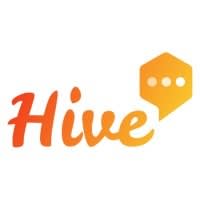
| Donate | - $463K 2026 budget with a $200K remaining funding gap; $62K targeted for end-of-year campaign.
- 4.5K-member global community across 100+ countries; 700 weekly active Slack users; 45% newsletter open rate.
- 77 high-impact outcomes so far in 2025, including 22 job placements, 7 new initiatives, and 6 funded projects.
| - Maintains Hive’s 6-person team and keeps its core infrastructure—Slack, newsletter, and matchmaking—running at scale.
- Fully funds the Global Ambassador Program for Asia and Latin America, expanding localized support and coordination in neglected regions.
- Enables cost-effective growth: leadership capacity, conference outreach, and a contingency buffer that sustains Hive’s role as the farmed animal movement’s shared infrastructure.
|

| Donate | - Funding gap unspecified; ongoing support from Stanford, Coefficient Giving (formerly Open Philanthropy), and the NIH delayed due to the U.S. government shutdown.
- HSFL has over five research projects pending additional funding, including collaborations with Stanford Dining and multiple U.S. universities.
- Staff time and projects have been reduced due to uncertainty in grant decisions.
| - Launch of a “True Cost of Food” study integrating animal welfare into university procurement.
- Large-scale behavioral data project tracking plant-based menu adoption across U.S. restaurants and bars.
- Continued evaluations of plant-based defaults and nonprofit campaigns (New Roots Institute, Greener by Default), to identify strategies that shift norms and reduce demand for factory-farmed products.
|
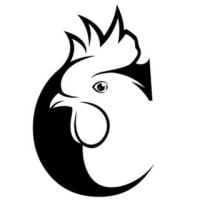
| Donate | - LIC is fundraising $690K to close its 2026 budget of $2M ($1.3M secured).
- 4-year-old nonprofit law firm with five litigators and one legal operations specialist.
- Legal victories include enforcing California’s cruelty laws and prompting reforms at the state’s largest poultry producer.
| - Enables new lawsuits enforcing animal cruelty laws against agricultural corporations.
- Adds litigation staff to pursue more high-impact cases in parallel.
- Advances precedent-setting rulings that make animal welfare legally enforceable.
|

| New Roots Institute Donate | - Total funding sought: $995K for 2025 expansion.
- Roles subtotal: $290K for four new staff (Student Groups & Community Manager, Digital Marketing Manager, Campaigns Specialist, Events Specialist).
- Youth Summit delivery: $330K; Fellow grant increase: $150K–$375K depending on cohort size (60–150 fellows).
| - Expands fellowship grants to $5K per student to attract and retain top talent and fund 240–300 additional advocacy hours per fellow.
- Adds new staff to scale recruitment, coaching, and campus-based networks—targeting 200% growth in qualified applicants and 25–30% higher campaign completion.
- Launches a five-day, in-person Youth Summit to cement skills, networks, and collaboration, expected to raise fellow–alumni partnerships by 25% and deepen long-term commitment to ending factory farming.
|

| Donate | - ~4.5B shrimps helped per year via HSI, at ~1,400 shrimps per $ per year; 24 stunner commitments and 11 retailer policies to date.
- Each $50K stunner can impact ~100M+ shrimps per year; lowering unit cost to ~$10K would 5x site reach and expand access to smallholders.
- Scale vision: $5–10M could accelerate “HSI 2.0” toward ≥100B shrimps helped per year by 2030; ~10% of funds go to exploratory pilots (<$100K each).
| - More humane-slaughter capacity: purchase and deploy additional stunners; fund in-country implementation/MEL to lock in sustained use and outcomes at scale.
- R&D to speed and cheapen welfare tech: co-develop stun-kill harvest solutions and lower-cost, fit-for-purpose stunners to improve cost-effectiveness and smallholder uptake.
- Strategic scale plays: seed a country-level HSI 2.0 rollout and targeted corporate/producer engagement, with exploratory work (e.g., wild-caught, China scoping, “credits” mechanism) to unlock new high-leverage pathways.
|

| Donate | - $3.6M funding gap for 2025; THL could absorb $4M+ in additional funds for high-impact chicken welfare interventions.
- $2M allocated to the Open Wing Alliance (OWA): $1M for program expansion and $1M for regranting to help spare 300M hens and 1.3B chickens by 2030.
- $1M for US corporate cage-free accountability, $250K for Animal Policy Alliance (APA) staffing and tech tools, and $750K for APA regranting.
| - Expands OWA globally with new staff in Asia, Africa, Europe, and MENA, plus a Corporate Campaigns trainer—enabling wider adoption of cage-free standards and doubling regranting capacity.
- Strengthens U.S. campaigns to hold major retailers and restaurants accountable for cage-free commitments, moving toward two-thirds of hens cage-free by 2030 (200M hens).
- Builds the Animal Policy Alliance’s legislative capacity—funding local advocacy groups, policy coordination, and new AI tools for advocacy support.
|

| Donate | - £290K current funding gap for April 2025–March 2026; £100K goal for 2025 matched giving appeal (with £50K match pool).
- 77 cage-free corporate commitments due in 2025 and 128 Better Chicken Commitments due in 2026; 85% of cage-free targets already met.
- THL’s cage-free work estimated by ACE to help ~11 hens and 46 broiler chickens per donated dollar.
| - Sustains THL UK’s corporate accountability campaigns to ensure UK retailers and food companies meet welfare commitments for millions of chickens and hens.
- Strengthens pressure on lagging firms to adopt slower-growing chicken breeds and maintain cage-free standards, preventing backsliding across the industry.
- Builds long-term financial resilience so THL UK can expand advocacy for hens, chickens, and fishes in 2026 while reducing reliance on US grants.
|

| Donate | - 2026 target budget: $4.1M; current gap: $267K.
- Additional $3.1M (aspirational) would fund major expansions like rodent contraception R&D and university research hubs.
- WAI has awarded 84 grants, published 7 peer-reviewed papers (65 citations), and grown its research community to ~600 members.
| - Fills a $267K shortfall to sustain core programs in research, grants, academic outreach, and community infrastructure.
- Enables hiring a Foundations Relations Manager (expected 4x ROI in year two) and a Services Team community coordinator to strengthen researcher support.
- Expands high-leverage initiatives: rodent contraception R&D ($169K–$240K for “Big Think,” $1M–$3M challenge phase) and creation of research hubs and fellowships at universities ($2.2M total).
|

















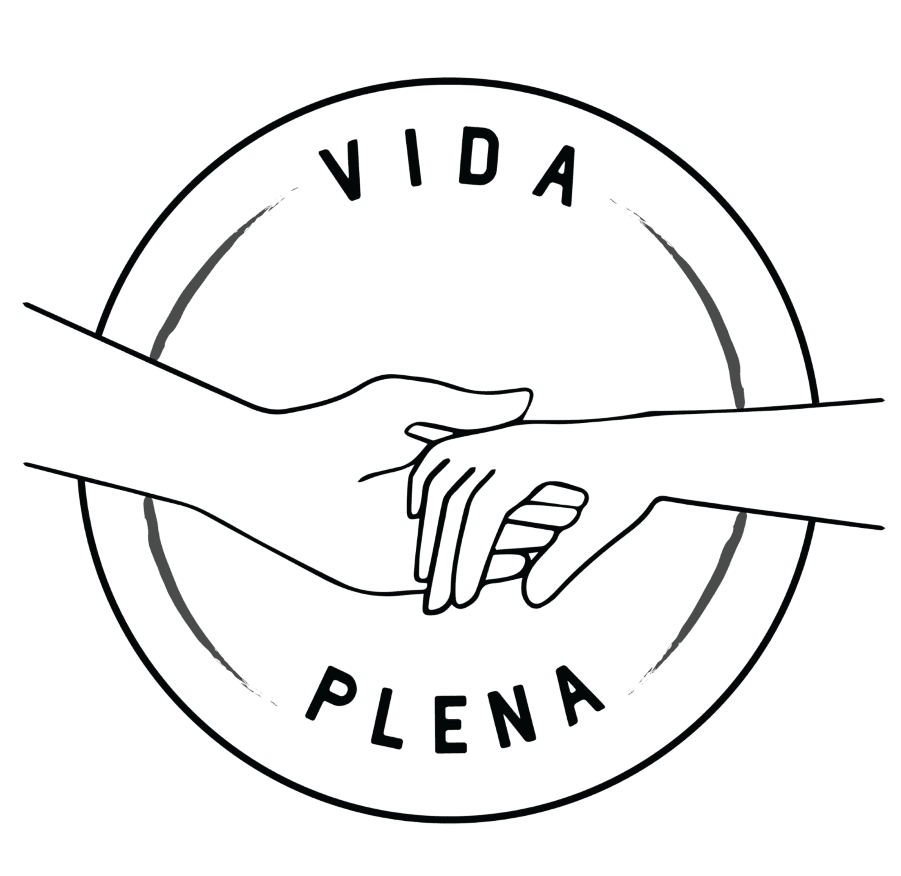


















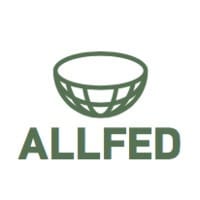



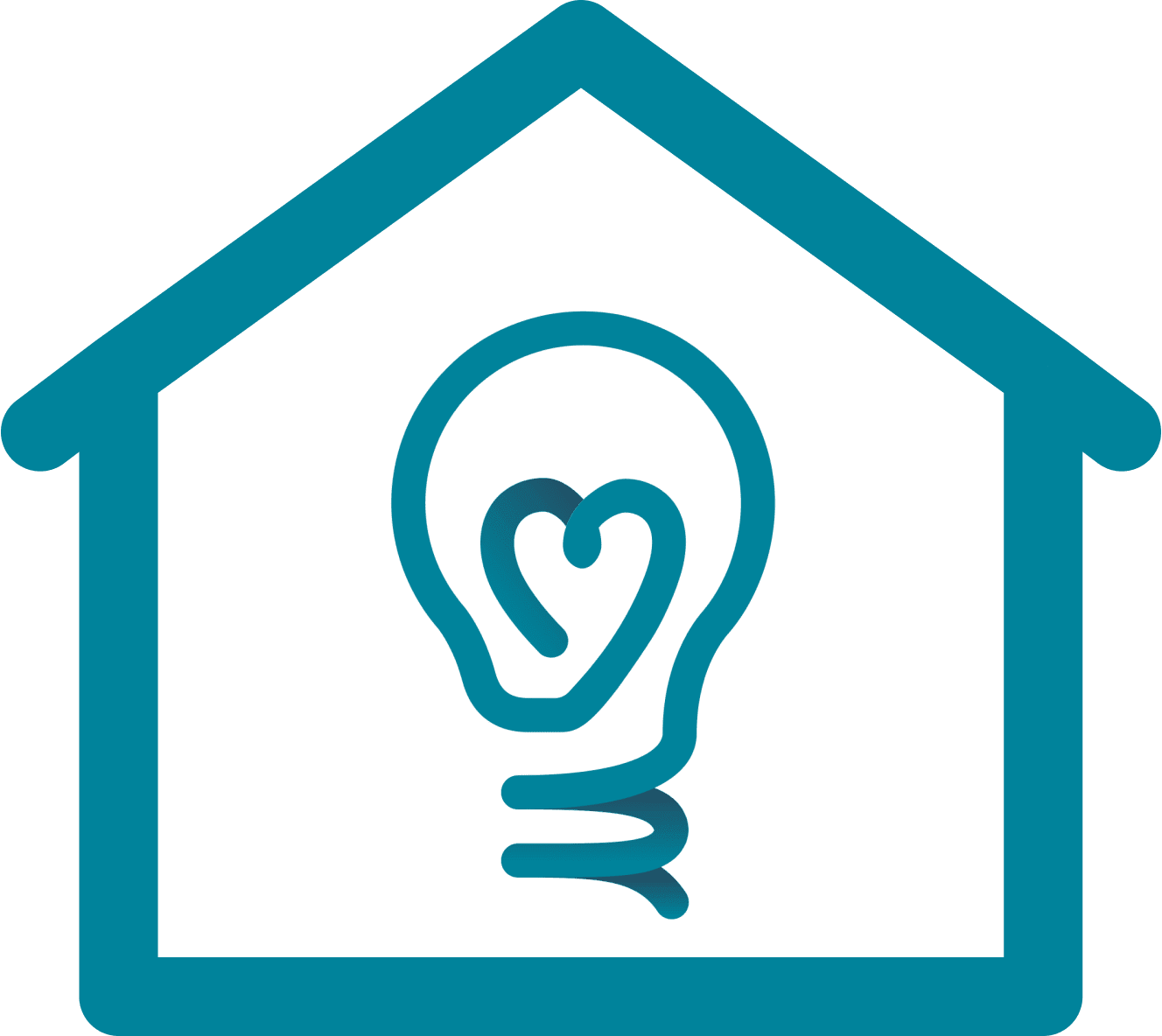








In the future can you add these orgs? They are similar to Center for Election Science:
There's a rule that the organization needs to contribute a comment or post during Marginal Funding Week to be eligible to opt-in to the election. So the first step would be encouraging them to do so next year.
OK, done.
...aaaand we're already on $10. Thanks @Oli Munns!
Shouldn't the "AI governance" category be "AI safety" instead? Most of the work Apart, Forethought, and MATS do is not AI governance.
Changed - that's another $10